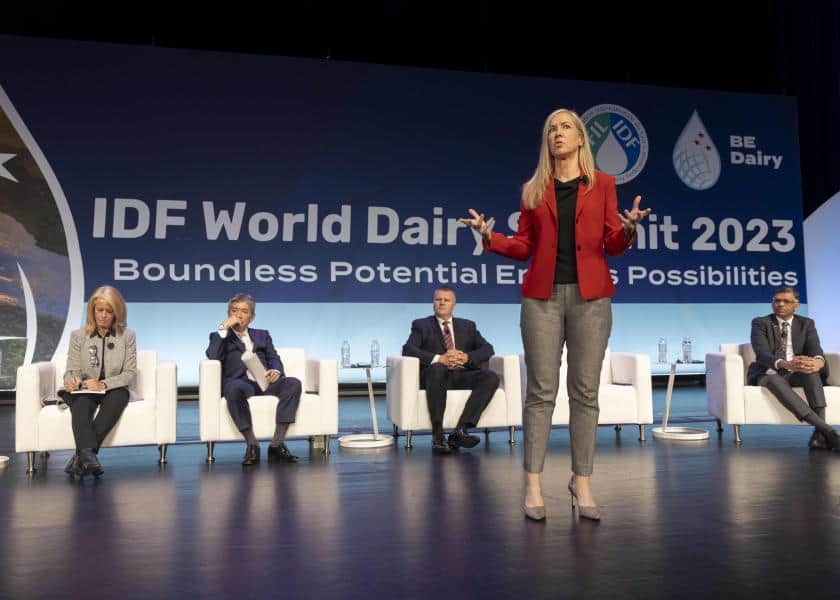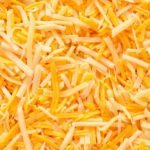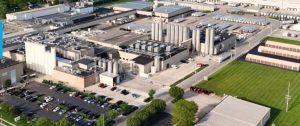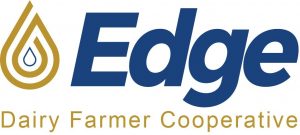
Be Dairy. Boundless Potential. Endless Possibilities. This was the slogan for the International Dairy Forum (IDF) World Dairy Summit 2023 in Chicago, Ill. For the first time on U.S. soil in three decades, more than 1,300 attendees from over 50 countries gathered to learn more about the latest in dairy technology and innovation from across the globe.
Top Four Concerns
Secretary of Agriculture, Tom Vilsack, told the crowd that there are four areas impacting dairy – and agriculture in general – that keep him up at night.
- The impact climate is having on farmer’s ability to produce more.
- The consolidation that’s taking place in American agriculture.
- The concentration of income that is taking place within agriculture.
- The international crisis creates a disrupted supply chain.
Collaborative Togetherness
“I think climate-smart agriculture creates an enormous opportunity,” Vilsack said, sharing that U.S. farmers want a system that is both voluntary and incentive-based.
Vilsack outlined that all in the dairy industry need to work collaboratively—from the farmers, environmental groups and conservations groups, to major food companies, retailers and universities. The effort starts with a $3 billion commitment from the USDA with funding extended to 141 projects, including 18 dairy projects.
U.S. Dairy
Global leaders discussed how their organizations are employing new approaches to meeting today’s challenges while also charting a path toward a prosperous future.
Barb O’Brien, president and CEO of Dairy Management Inc., said she sees the potential of the economic impact that dairy can make.
“It lifts communities,” she said. “In fact, today it’s an almost $800 billion impact here in the U.S. and a source of 3.3 million jobs.”
O’Brien said that the strength of U.S. dairy is in the diversity which provides enormous flexibility to meet the needs of what we know is an increasingly complex and uncertain world. She highlighted three areas that U.S. dairy is focused on.
- Hunger is a global pandemic. “COVID exposed the cracks in the system and in our supply chain and the food system overall. It’s incumbent on us as a global sector to form new partnerships and collaborations to help achieve food and nutrition security for every child, for every family and for every country who can’t support themselves.”
- Continued investment in research to advance dairy health and wellness credentials. “People are looking increasingly to food as medicine for personalized solutions to meet their individual health and lifestyle needs. We need to ensure that consumers understand the full spectrum of various benefits.”
- Environmental sustainability. “This work requires deeper partnerships.”
Nestlé’s Perspective
Echoing both Vilsack and O’Brien’s statements, Patricia Stroup, chief procurement officer of Nestlé, Switzerland, said that dairy is faced with a huge opportunity that stems from some of the biggest challenges that we have.
Stroup shared that Nestlé buys milk from more than 200,000 dairy farmers in 27 countries.
“The climate issue is a big challenge from a consumer standpoint, from a government standpoint, from an NGO standpoint, from a science standpoint, but it’s also a huge opportunity,” she said. “I like to say I visualize the world better off with cows than without cows. Because we know that we can do it through the carbon cycle and through all of the work that’s done through soils, etc. We know that we can reach Net Zero in dairy.”
Stroup outlines Nestlé has a committed to reaching Net Zero in dairy by 2050 and their first milestone is in 2025 to reach a 20% reduction in their 2018 baseline and then a huge milestone in 2030 to be 50% reduced.
“That’s a lot. That’s a big challenge. But it’s also something that we’re looking at seeing the consumers are expecting of us and the broader the general society is expecting from us, but it’s something that we can also leverage to add value to our products and to permit people to love the product that they love, which is daring,” she said.
Stroup shares that when she looks to the future, Nestlé is focused on innovative products, science and focused on solutions.
“If we can’t come up with solutions for these challenges, and ways to make it better, I’m not sure who else can,” she notes.
This year, the IDF World Dairy Summit coincides with IDF’s 120th anniversary. It has been acting as the dairy sector’s voice of science and technology since 1903.























